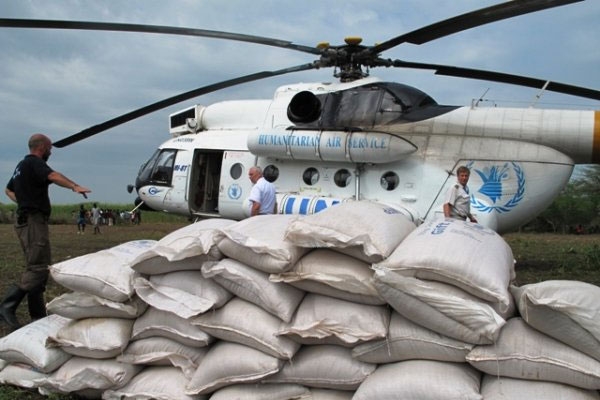What Did the United Nations Buy Last Year?

According to a recent report released by the UN, last year the United Nations increased its overall volume of procurement as compared to that of 2015 by 0.8 percent. In US dollars, this translates to a $137.2 million change from roughly $17.6 billion to $17.7 billion. While many organizations saw a decline in procurement volume during 2016, six organizations including the WFP, UNDP, and UNHCR experienced an increase greater than 20 percent. The increase is largely attributed to differences in the operations of these six organizations brought on by the expansion of administrative services, new and ongoing projects, and the refugee crisis which also triggered the addition of the International Organization for Migration (IOM) to the UN system.
Since the last half of the 1990s, the many organizations of the UN have adapted their procurement strategies to increase the percentage sourced from developing countries and economies. This effort was later formalized by several United Nations General Assembly (UNGA) resolutions. As a result, three developing countries –Turkey, United Arab Emirates, and India - are ranked within the Top 10 major suppliers to UN organizations and account for 14.6 percent of total UN Procurement. As a whole, the developing countries and least developed countries of the world made up 36 percent of the total UN procurement of goods and services in 2016.
Figure source: 2016 Annual Statistical Report on United Nations Procurement
The report also comments upon the continued commitment of the United Nations to sustainable procurement. In 2016, all organizations which reported on sustainable procurement issues claimed to have some sort of sustainable procurement initiative in place. Additionally, 54 percent of reporting organizations have implemented or planned to implement an SP strategy. In Africa, the procurement from suppliers recognized by the UN to be conscious of sustainability and social responsibility (UNGC) increased to account for more than 16 percent of the region’s procurement contributions.
Read the full report here.
Providing updates and introducing innovations on procurement strategy, the 9th Global Disaster Relief and Development Summit will take place September 6-7 at the Ronald Reagan Building and International Trading Center in Washington, D.C. Miguel Alvarez, Officer in Charge of the Field Supply Team in the United Nations Procurement Division will take part in a panel at the Summit on Emergency Procurement Strategy. You can register for the Summit here.
Other speakers include:
- Kenny Cheung, Chief of Procurement, World Bank
- Bobby McCane, Head of Contracting, Federal Emergency Management Agency (FEMA)
- Carlos Carrazana, Executive Vice President, Chief Operating Officer, Save the Children
Image source: UN News Centre









